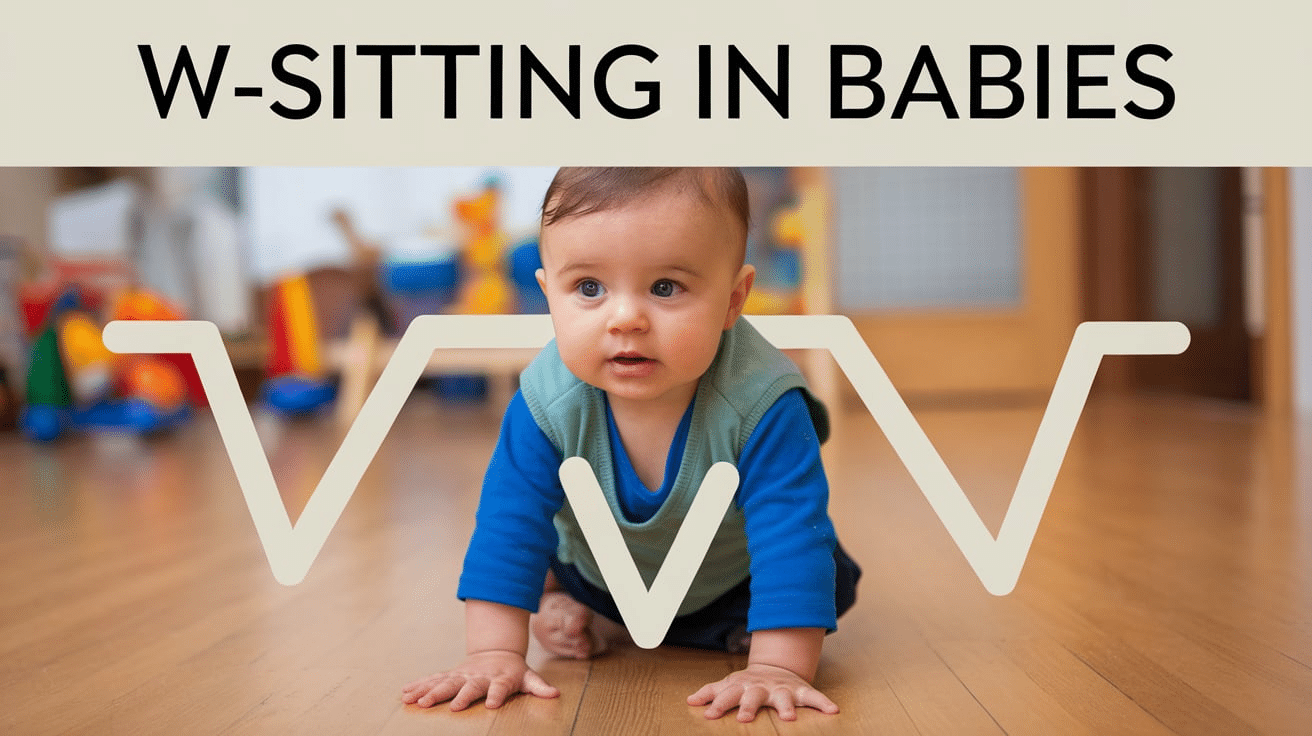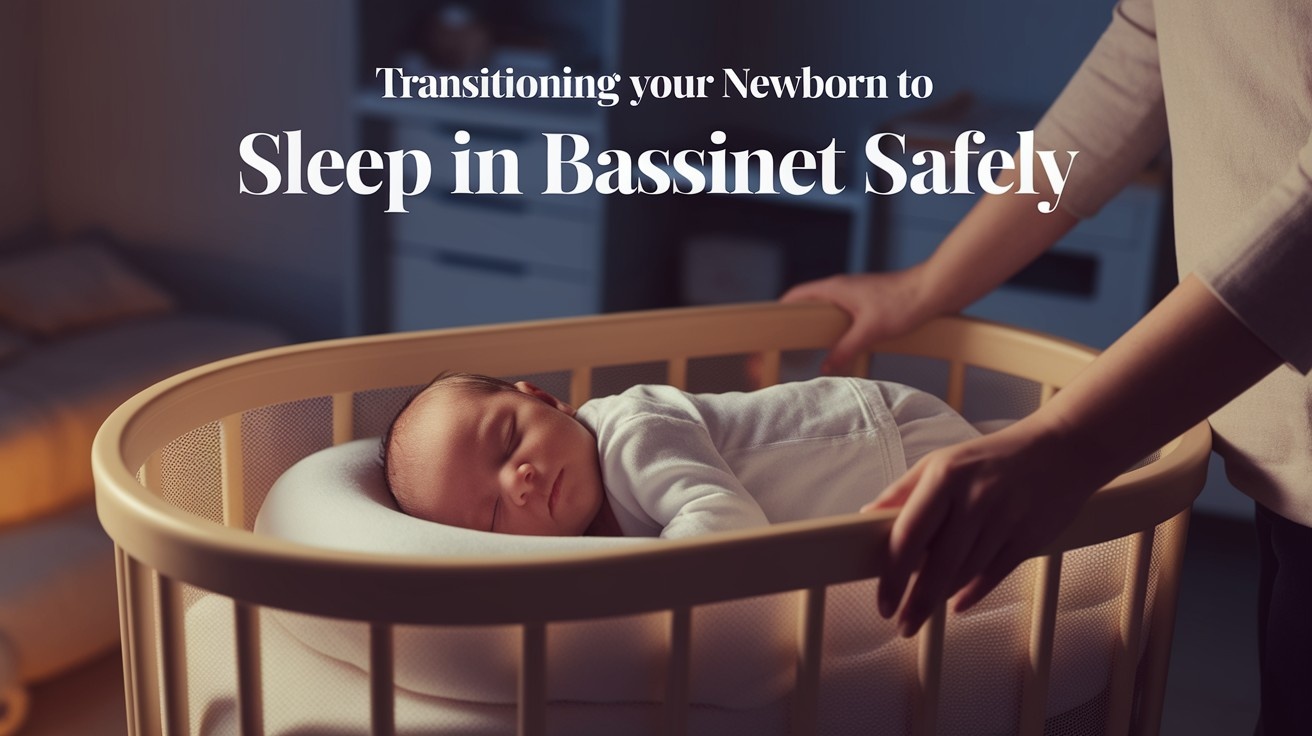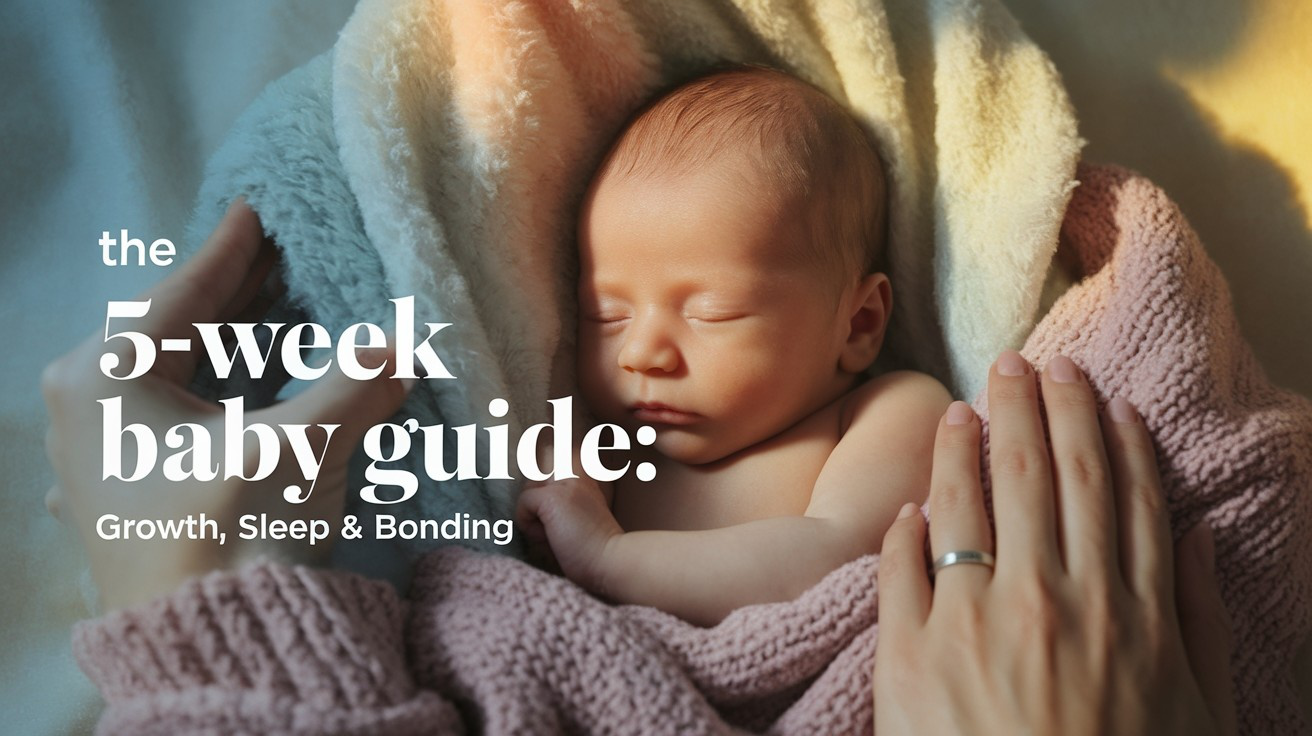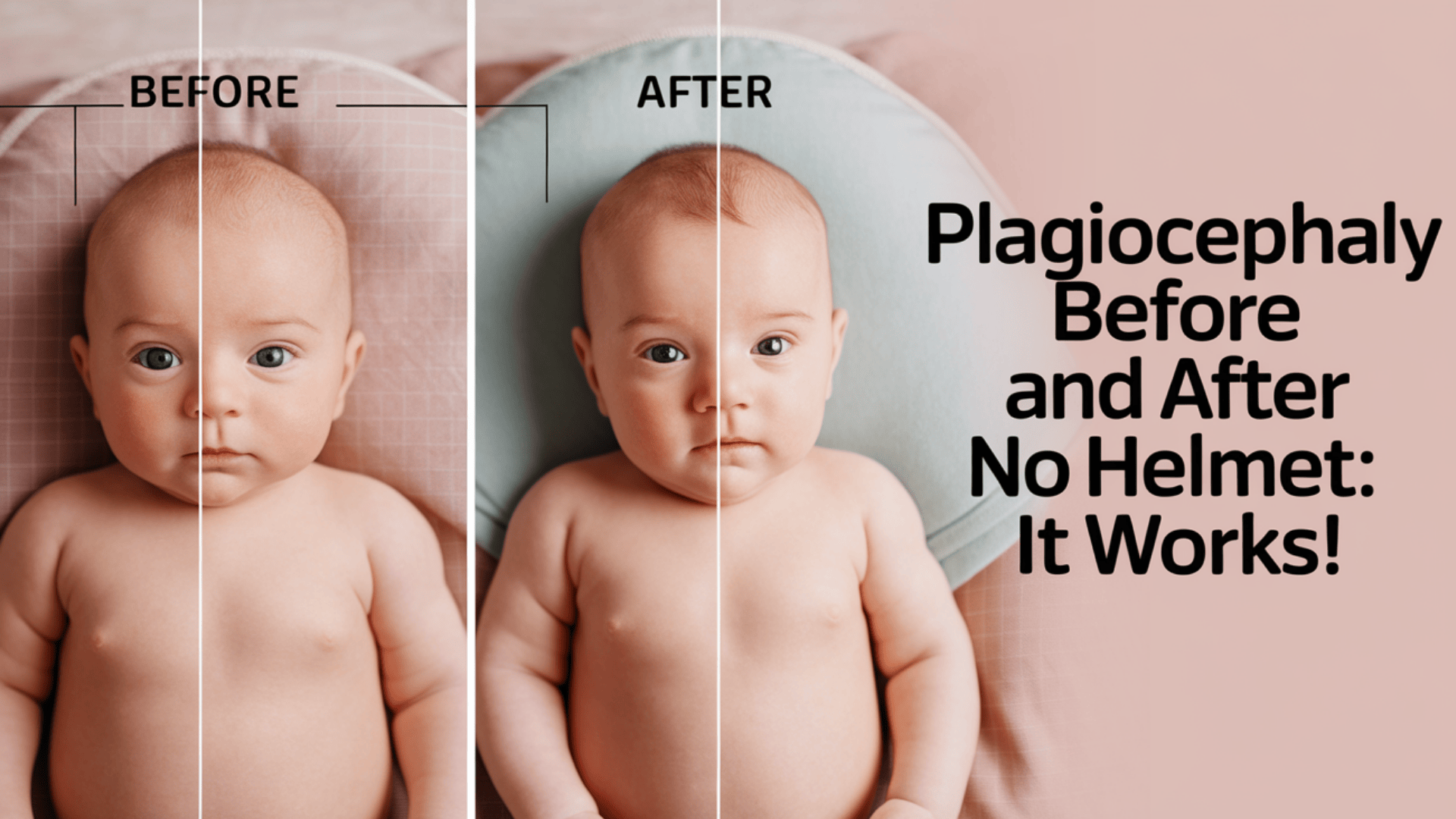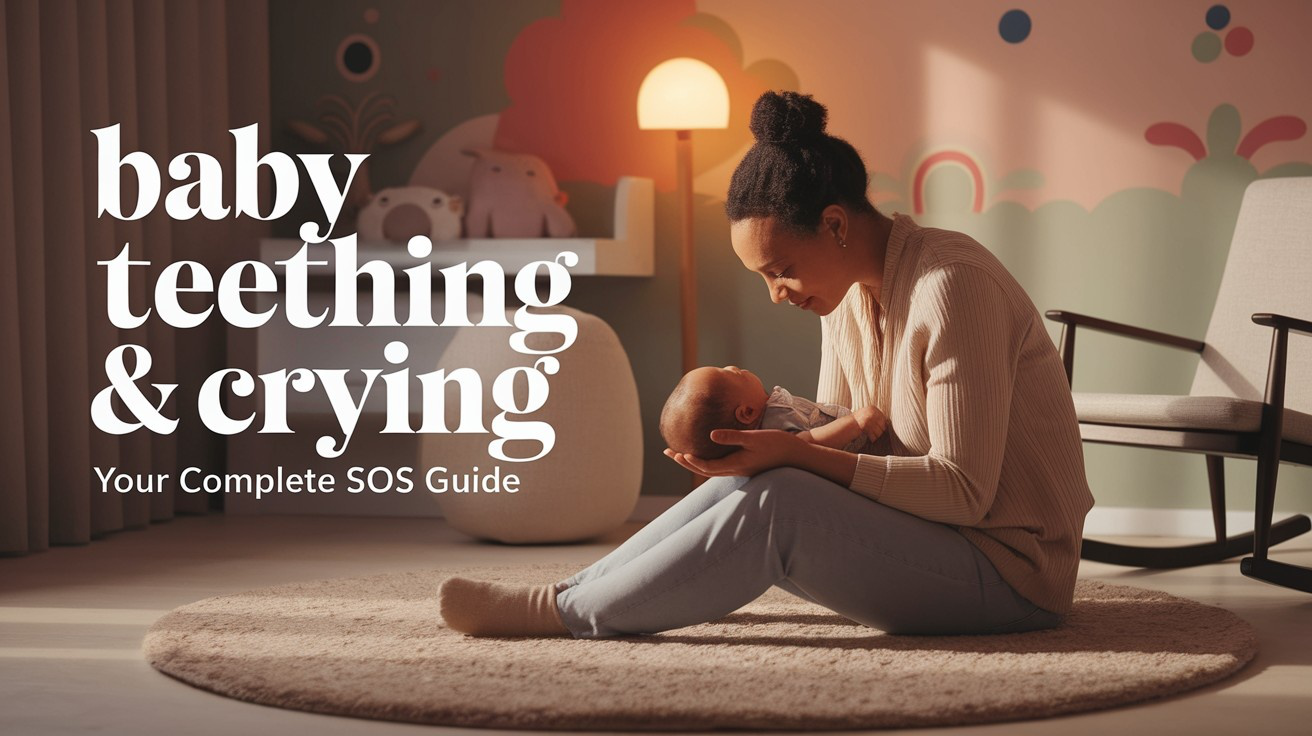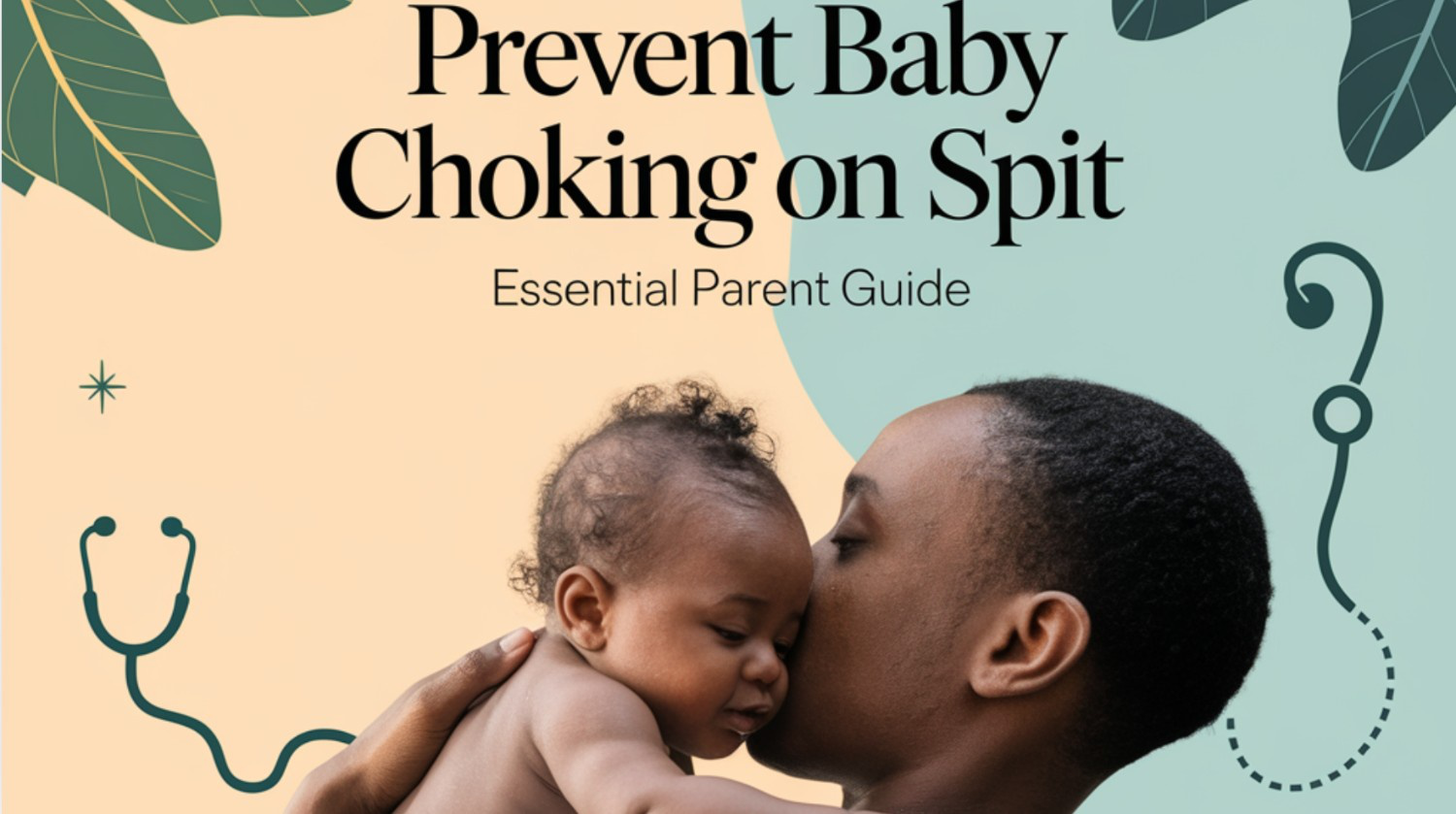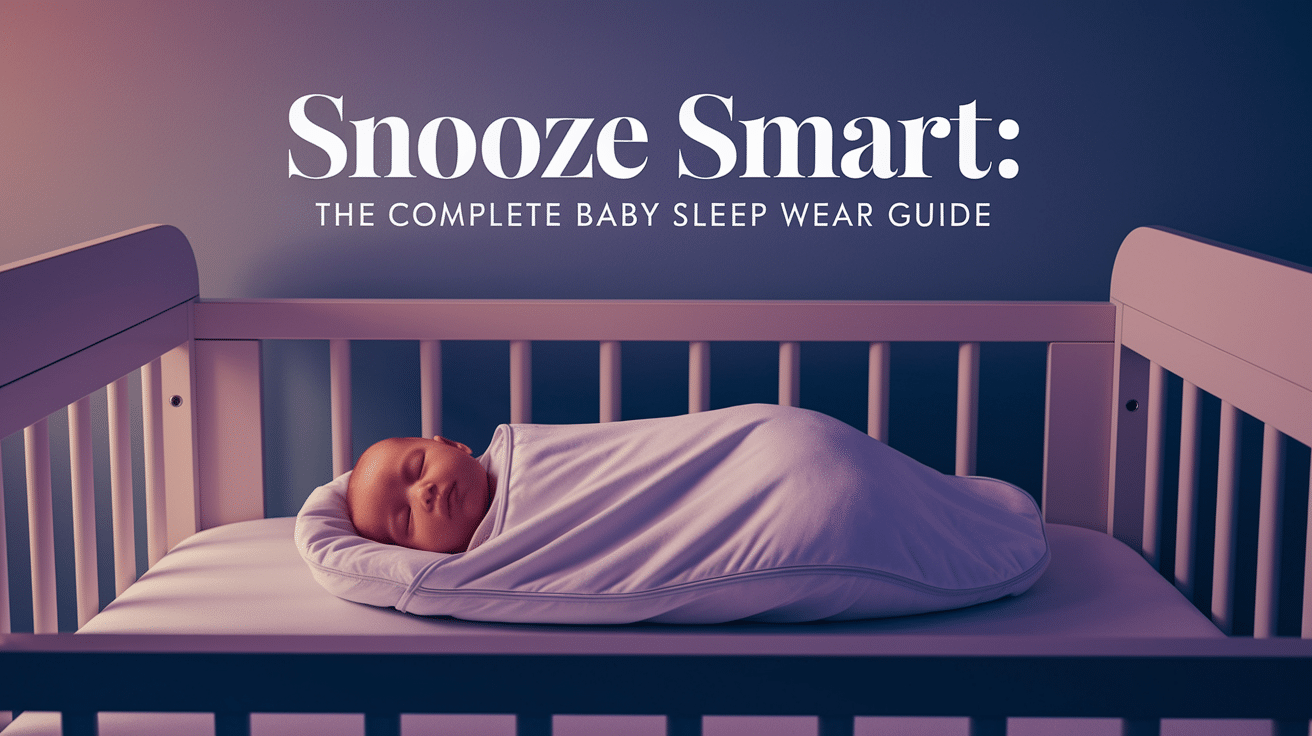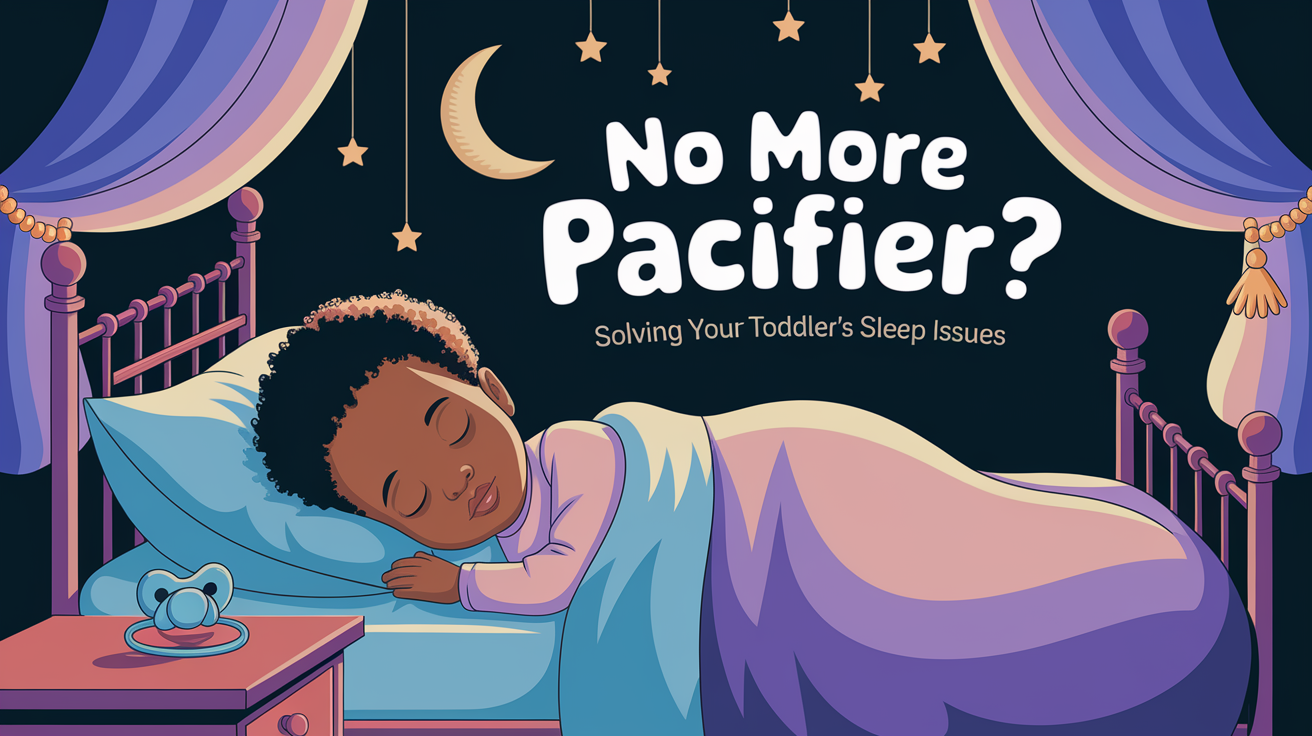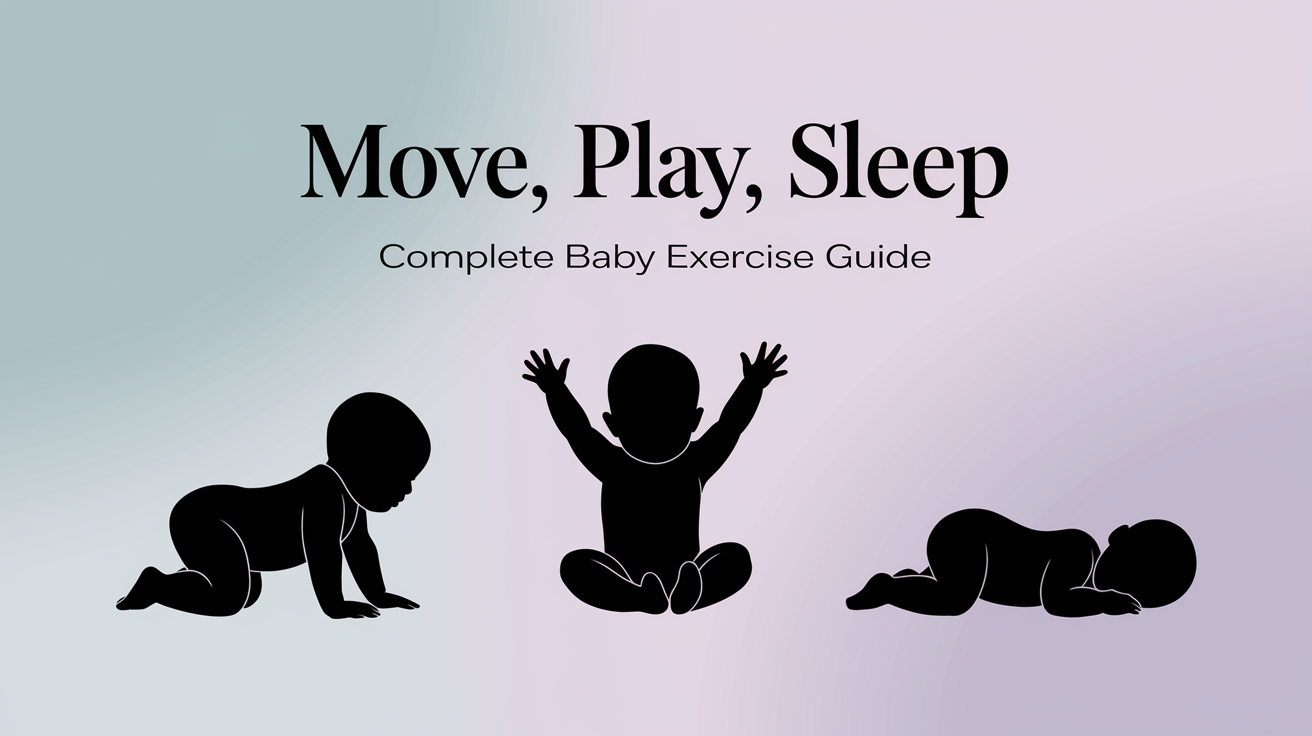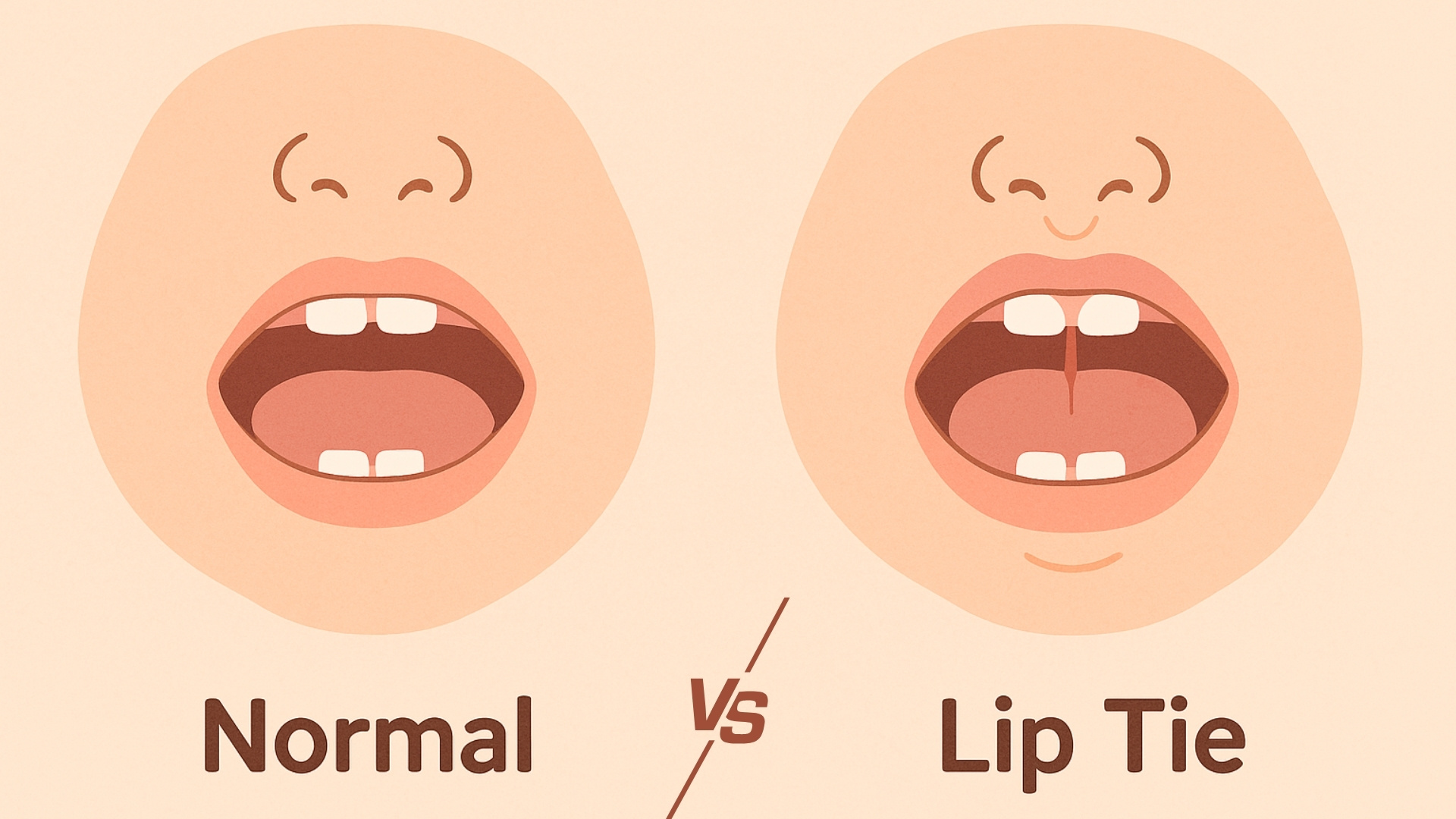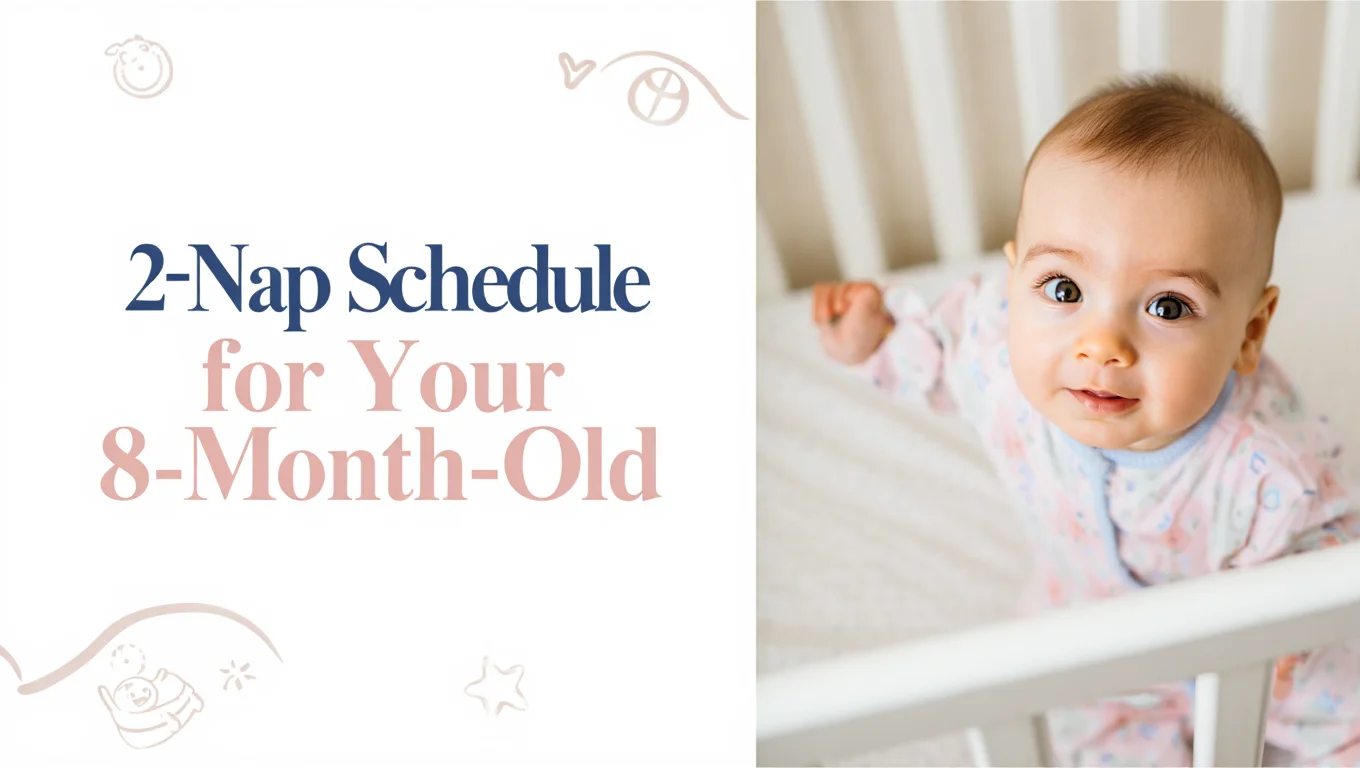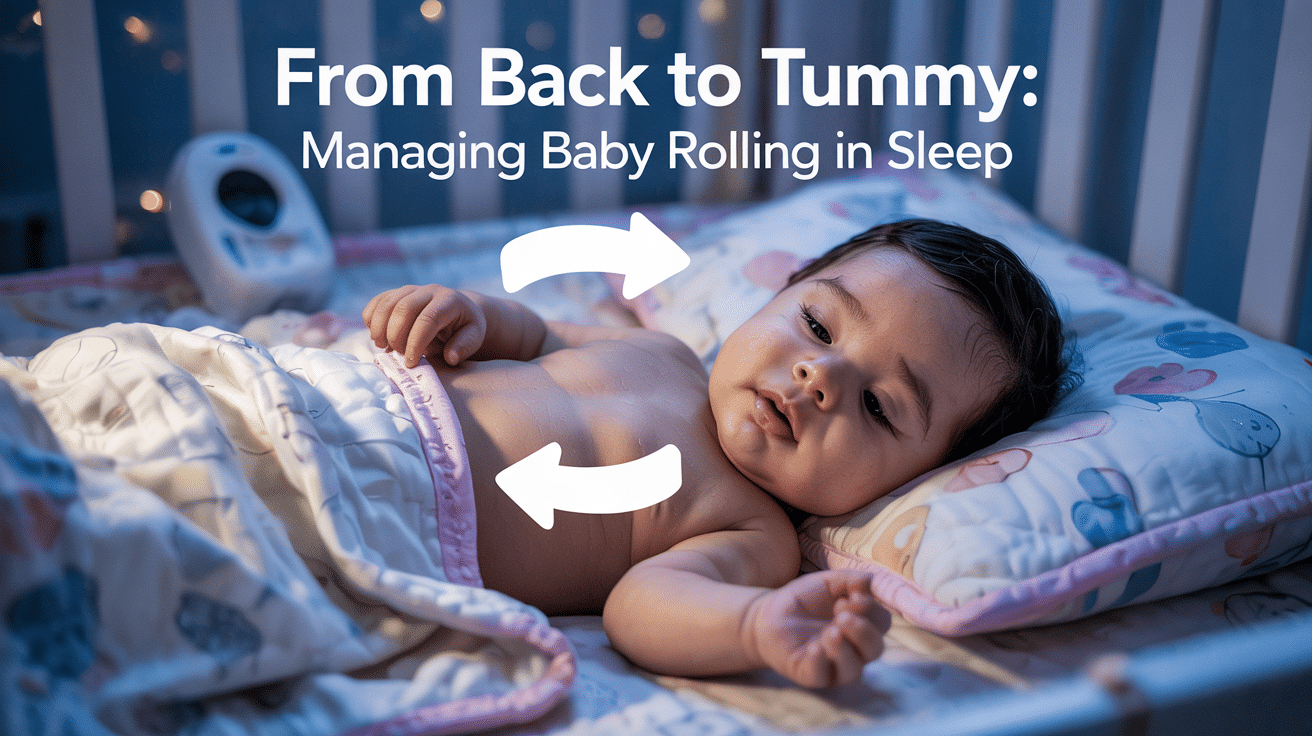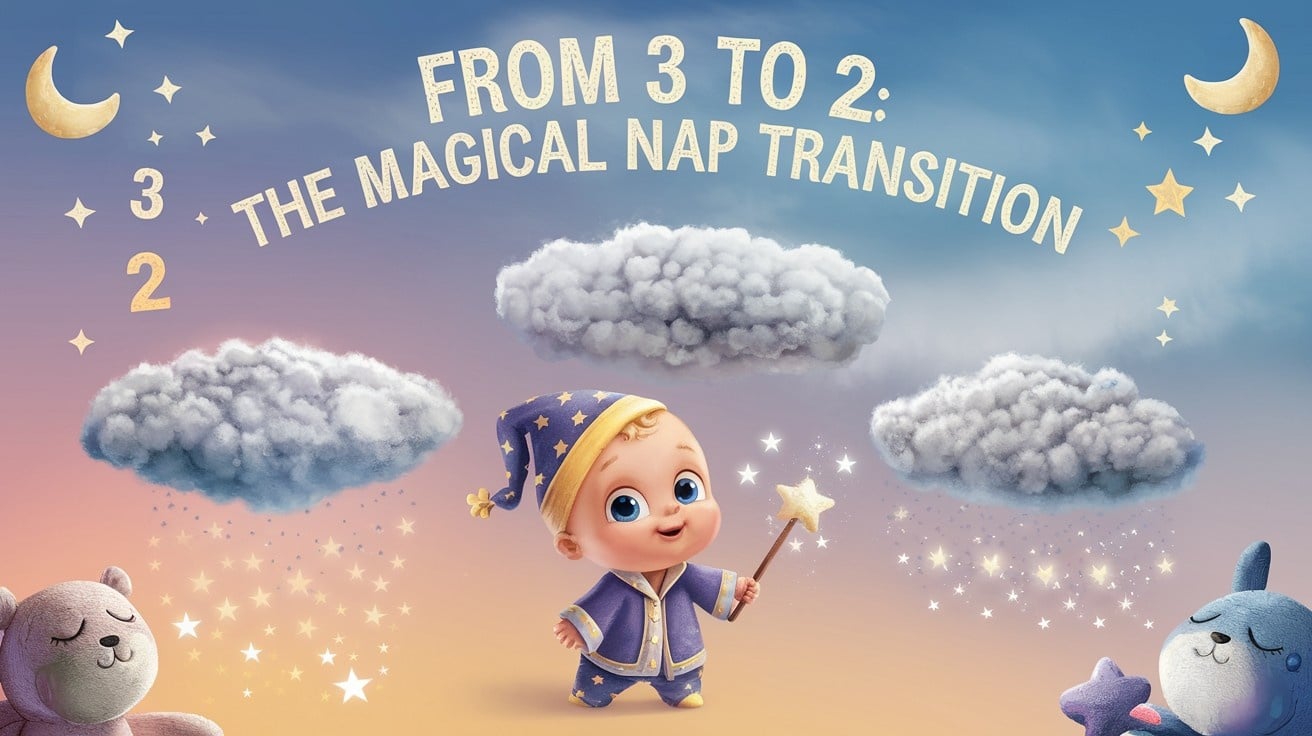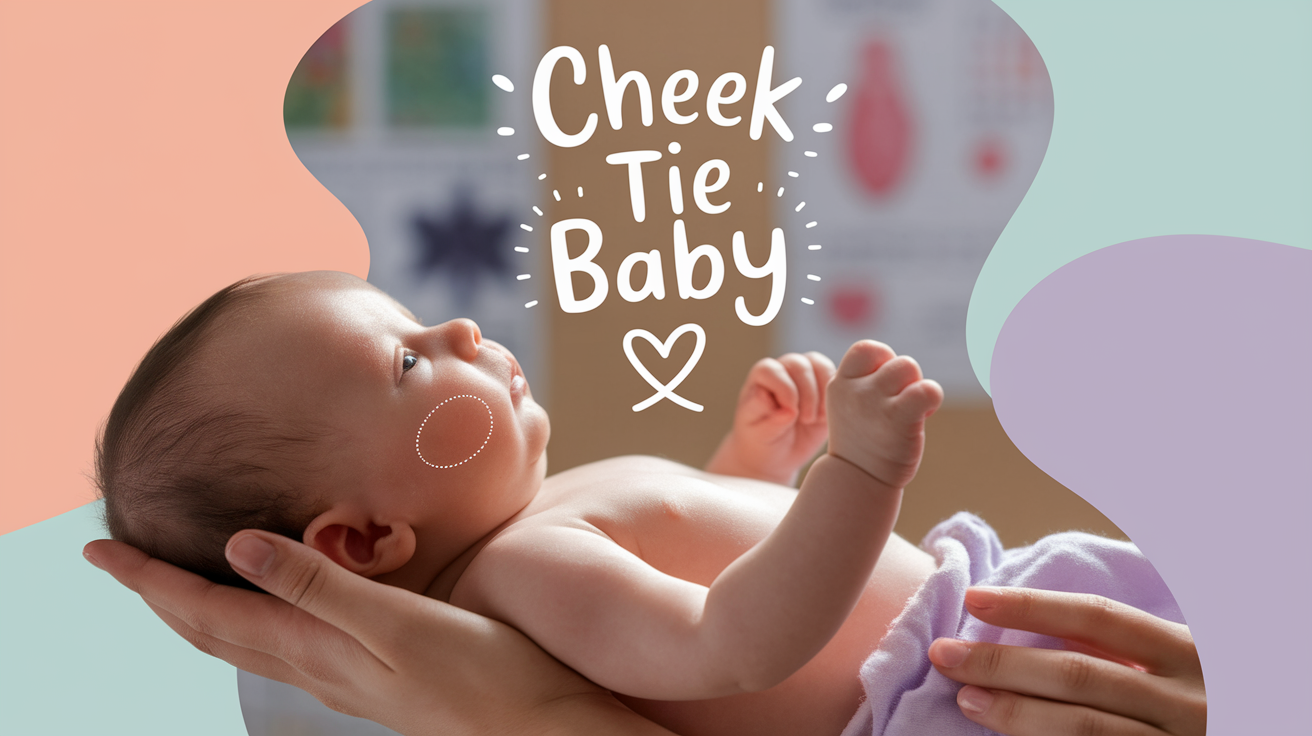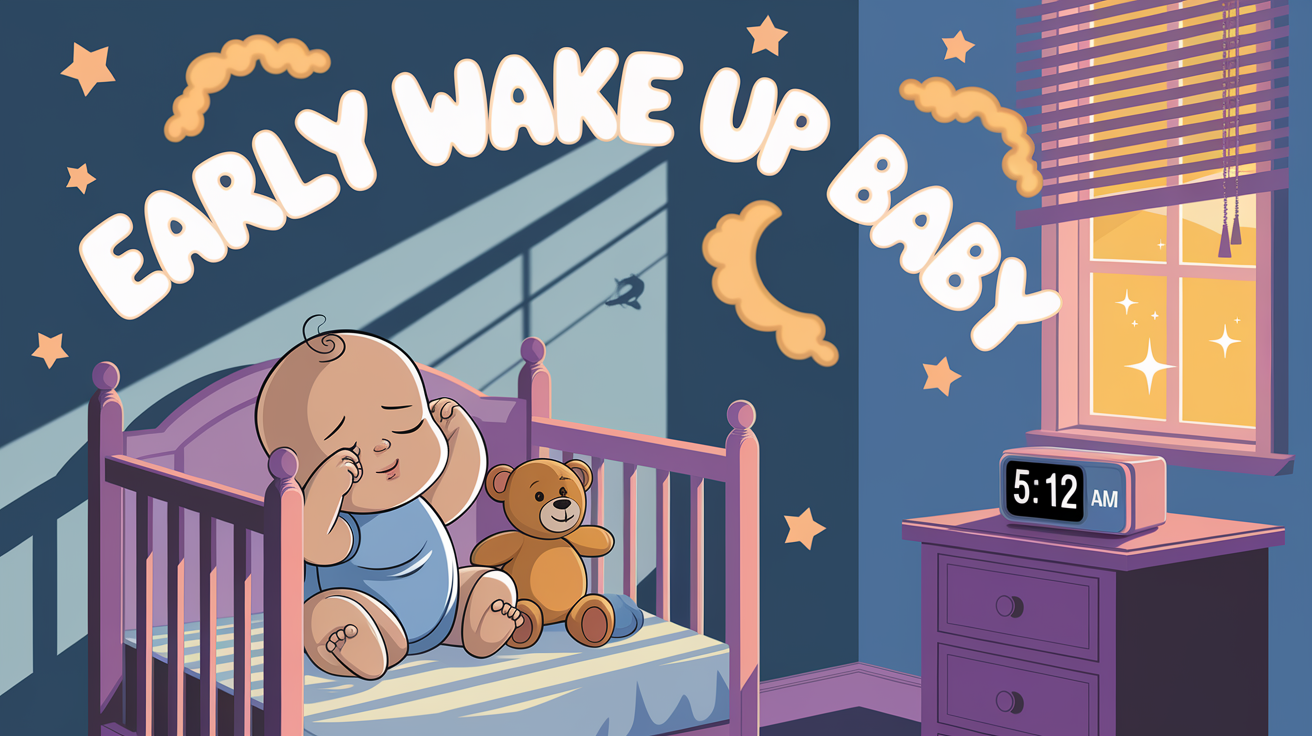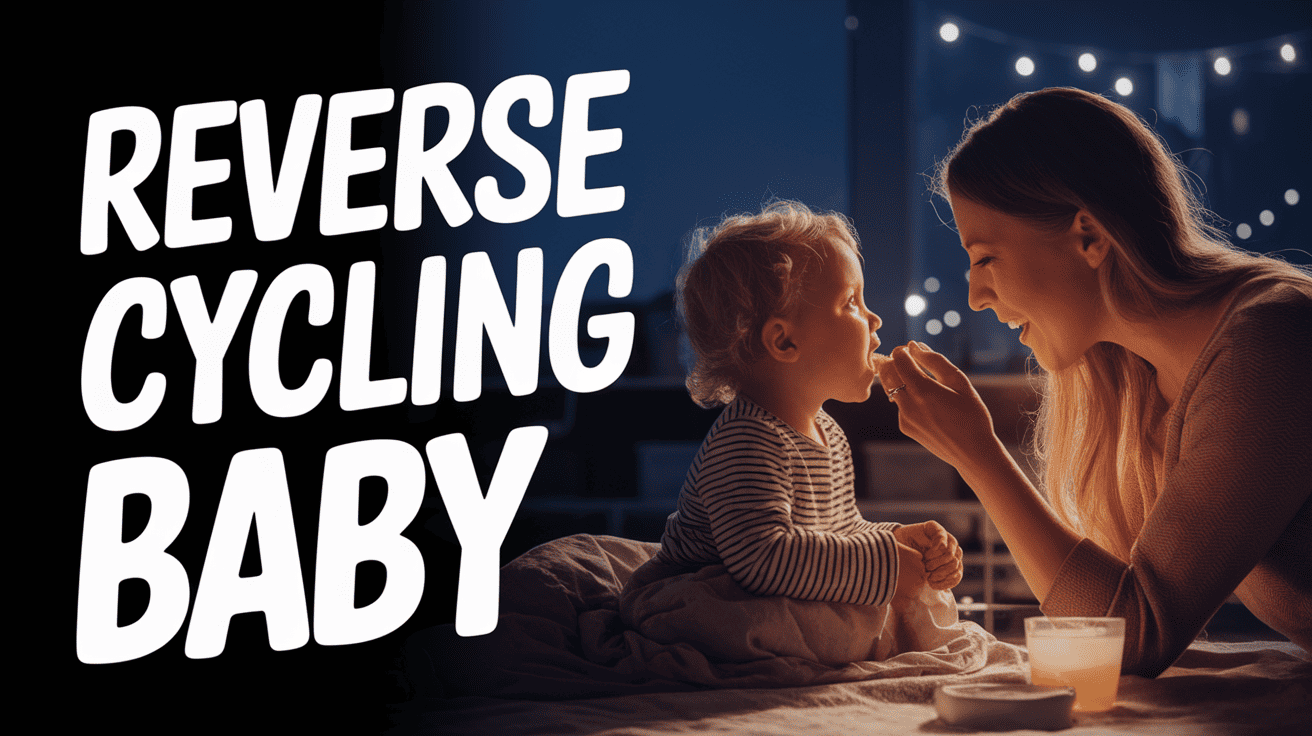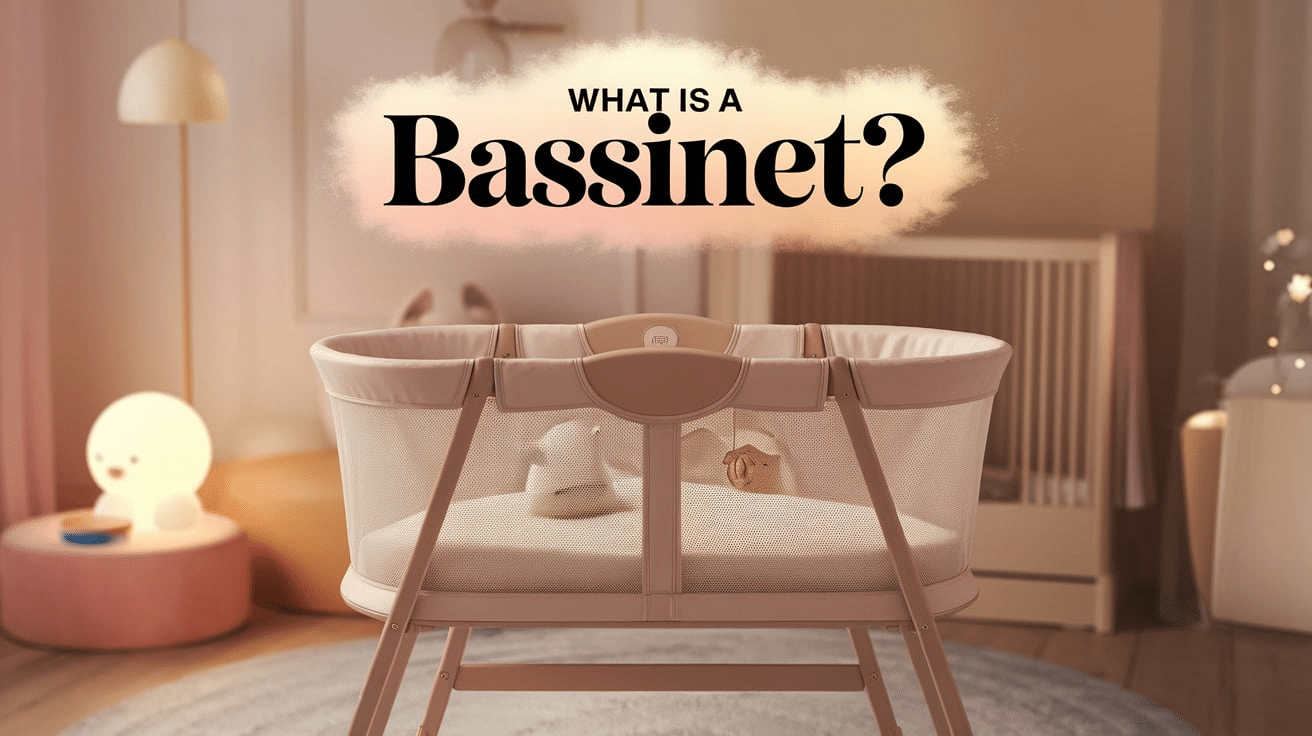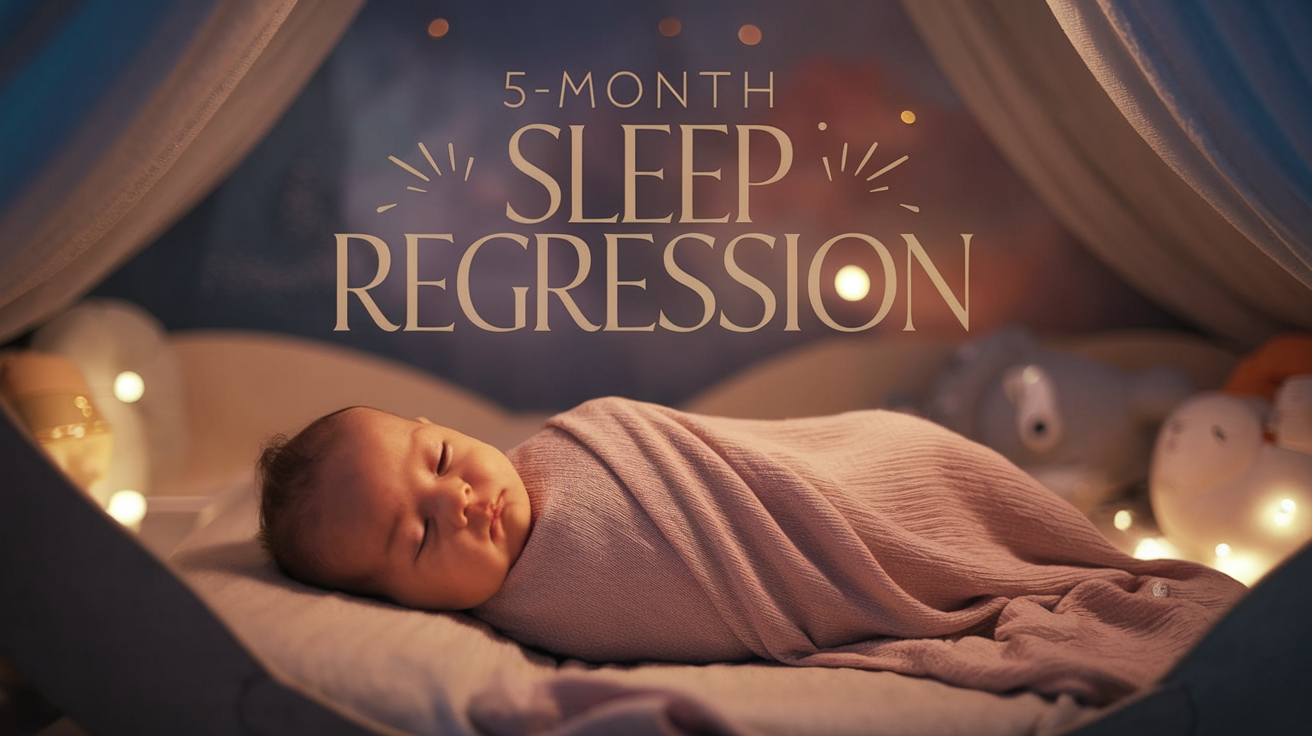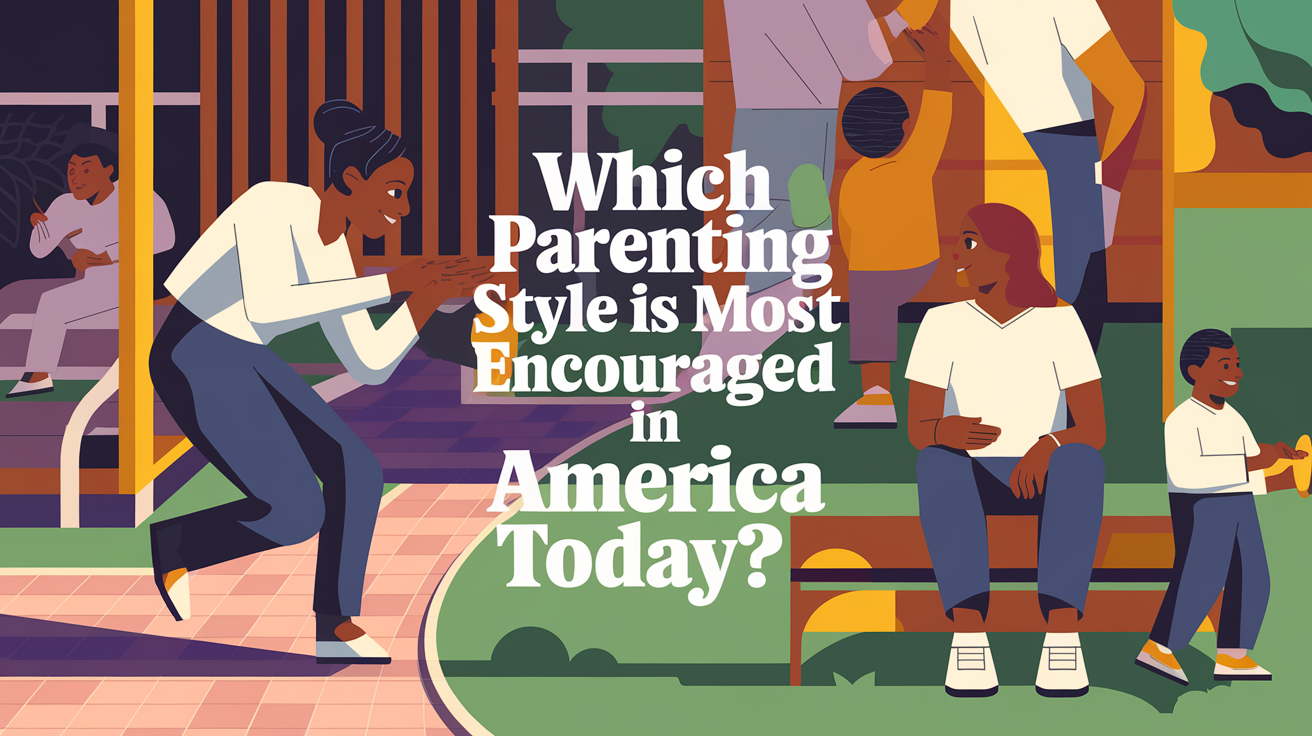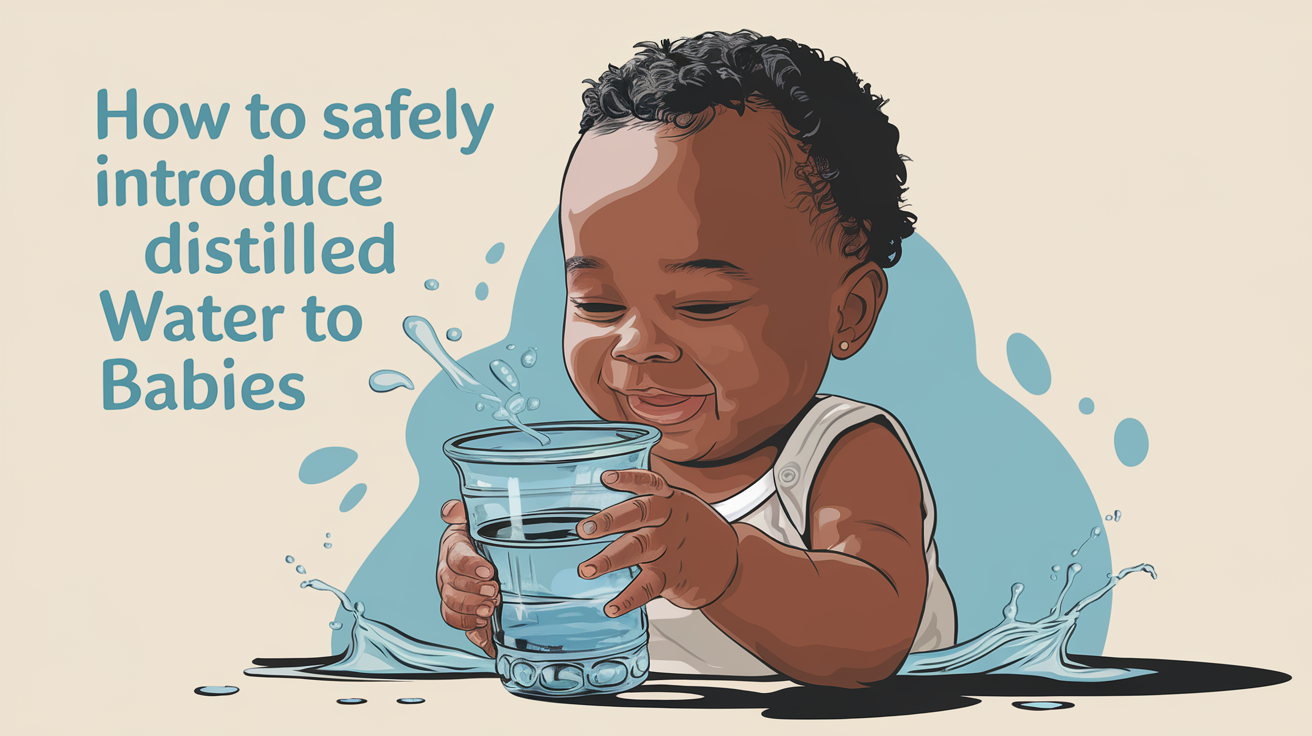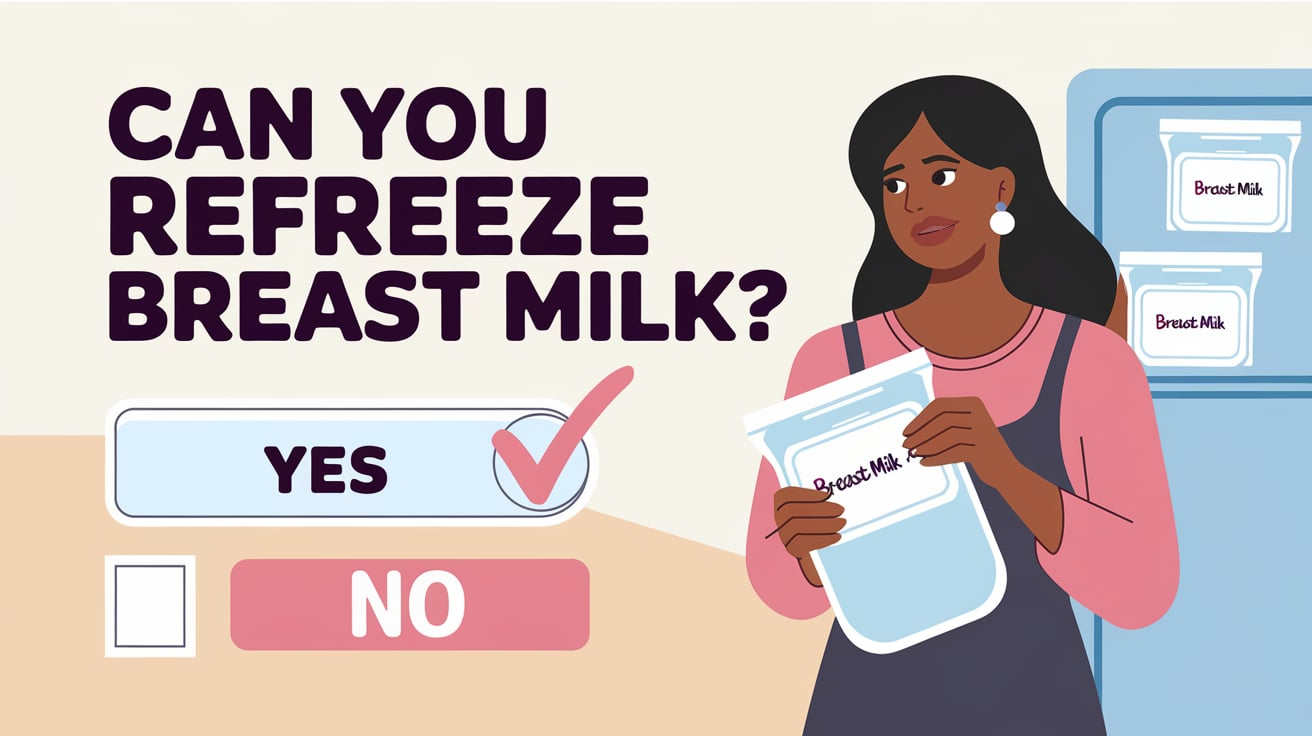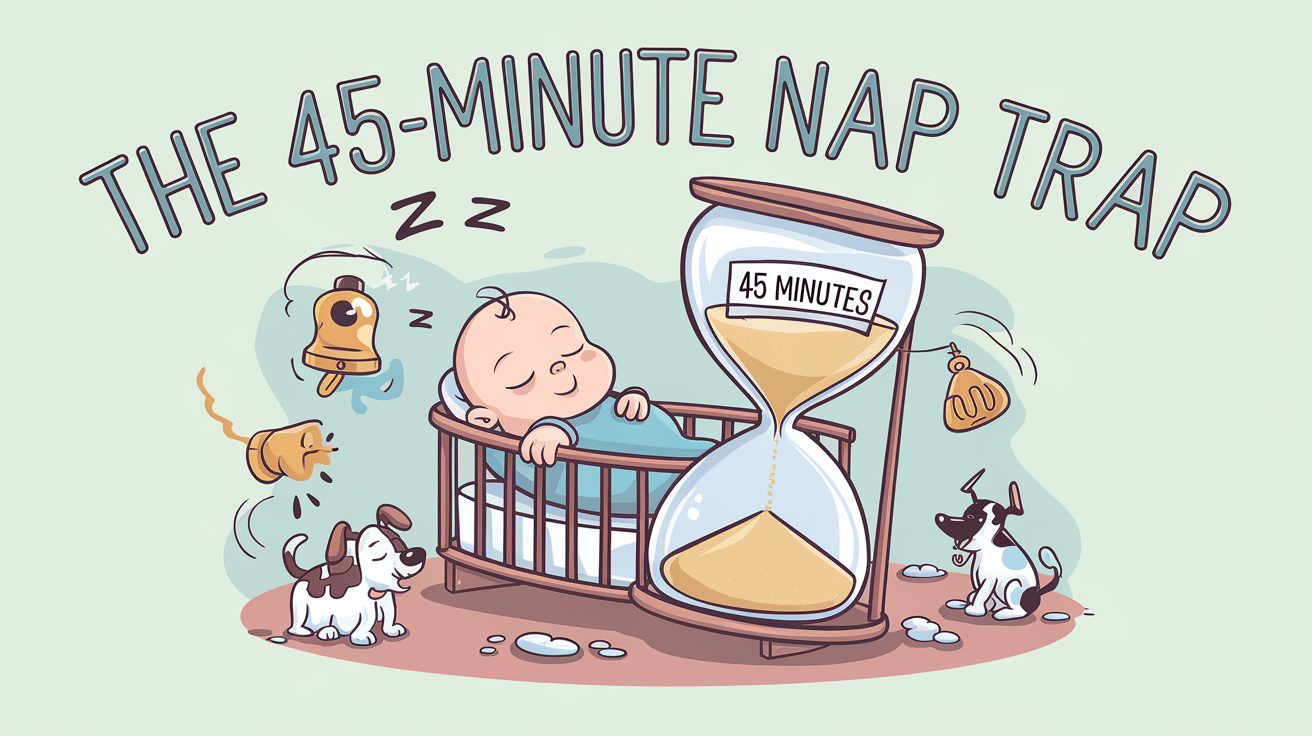
Sleep-deprived parents everywhere know the frustration: You’ve finally gotten your little one down for a nap, only to hear them crying exactly 45 minutes later.
This phenomenon, often called the “45-minute intruder,” is one of the most common sleep challenges parents face.
Did you know that babies spend about 50% of their sleep time in active REM sleep compared to adults’ 20%? This biological difference is at the heart of the 45-minute nap challenge.
This piece discusses why these short naps happen (hint: it’s related to your baby’s sleep cycles), what these abbreviated rest periods actually mean for your child’s development, and, most importantly, practical strategies to help extend those precious moments of peace.
If you’re dealing with a chronic catnapper or just experiencing the occasional short nap, understanding the science behind baby sleep can change your approach to daytime rest.
The 45-Minute Nap Phenomenon in Babies
Babies experience distinct sleep cycles lasting about 45 minutes, compared to adult cycles of 90-120 minutes. At this mark, they briefly enter a lighter sleep state, and they may wake if they are not able to self-soothe.
This 45-minute transition represents the shift between active (REM) and quiet (non-REM) sleep. Babies spend more time in REM sleep than adults, which supports their rapid brain development.
Developmental factors significantly impact nap duration. Newborns often have unpredictable sleep patterns with multiple short naps. Between 3 and 6 months, sleep cycles begin organizing, but self-soothing skills are still developing.
By 6 to 9 months, babies typically consolidate into 2 to 3 longer naps as their sleep maturity improves. Sleep environment, hunger, and overstimulation can all trigger waking at transition points. Learning to recognize and address these factors helps extend naps beyond the 45-minute mark.
Is a 45-Minute Nap Normal for Babies?

A 45-minute nap is completely normal for many babies and relates to their sleep cycle length. For newborns (0-3 months), short naps are common as their sleep patterns are still developing, with some babies taking 4-5 short naps daily.
By 6 months, babies typically consolidate into 2-3 naps, and a 45-minute “catnap” may be part of their routine. Though some babies naturally take longer naps, others are “cat-nappers” who recharge effectively with shorter sleep periods.
For 12-month-olds transitioning to fewer naps, 45 minutes might be perfect for their morning or afternoon rest. Parents should focus on their baby’s mood and energy rather than nap duration.
What matters most is your baby’s overall sleep over 24 hours and happiness upon waking. A content baby after a short nap is getting exactly what it needs.
Pros and Cons of 45-Minute Naps
| PROS | CONS |
|---|---|
| Boosts alertness and mood when timed right | May not offer enough restorative sleep |
| Fits within one sleep cycle—easier wake-ups | Lack of longer naps can affect development |
| Great for busy families—offers flexibility | Leads to overtiredness and crankiness by evening |
| Still meets some daytime sleep needs | Can cause feeding issues and tougher bedtimes |
The ideal approach is usually a balanced schedule with both shorter and longer naps. This combination supports development while providing practical flexibility for real-world family life.
How to Tell if the 45-Minute Nap Is Enough for Your Baby

Every baby has unique sleep needs, and understanding if a short nap suffices requires careful observation of your little one’s cues.
While some infants thrive on brief 45-minute sleep cycles, others need longer naps to feel refreshed and function at their best.
Signs of a Well-Rested Baby vs. Overtired Cues
A well-rested baby typically wakes up happy, alert, and ready to engage with its surroundings. It may babble contentedly or smile upon waking, showing that it has had sufficient rest to recharge its little body.
Conversely, overtired babies often wake up cranky and fussy.
They might rub their eyes, yawn excessively, or show decreased interest in play and interaction—clear indicators that their short nap wasn’t enough to meet their sleep needs.
Behavior and Energy Levels After a Short Nap
Your baby’s immediate reaction upon waking speaks volumes. A content baby who can play independently after a 45-minute nap suggests it was adequate.
Watch for sustained energy throughout their next wake window.
Some babies naturally need less sleep and thrive on shorter naps, while others require longer rest periods to function optimally.
Tips to Help Extend the 45-Minute Nap of Babies
Many babies wake after just 45 minutes – exactly one sleep cycle. This “catnapping” frustrates parents who know their little ones need longer rest.
Creating a consistent sleep environment is crucial. Keep the room dark with blackout curtains and maintain a comfortable temperature between 68-72°F.
White noise machines can mask household sounds that might disturb a baby’s transition between sleep cycles.
Proper timing is everything. Watch for sleep cues like eye rubbing or fussiness, and respect age-appropriate wake windows. Overtired babies struggle to stay asleep, while undertired ones may not be ready for deep sleep.
When the baby stirs at the 45-minute mark, try the “pause” technique before rushing in. Sometimes, babies can self-soothe back to sleep with gentle patting or shushing.
Consistency in your approach builds sleep associations that help extend naps naturally.
Special tip: A lovey or security object introduced safely at appropriate ages can become a powerful sleep cue that helps baby connect sleep cycles.
Common Mistakes Parents Make with Baby Nap Routines
Many parents fail to establish predictable nap times, confusing their baby’s internal clock. Babies thrive on routine, and consistency helps them anticipate rest periods.
When nap times vary widely from day to day, it becomes difficult for babies to develop healthy sleep patterns, and they may fight sleep altogether. Parents often misread sleep cues, keeping babies awake too long until they become overtired and stressed.
Finding that sweet spot between adequate wakefulness and the first signs of tiredness is crucial for smooth transitions to nap time.
Relying too heavily on rocking, feeding, or holding to induce sleep creates dependencies that are difficult to break. These crutches can prevent babies from learning essential self-soothing skills.
Perhaps the most common mistake of all is ignoring the baby’s sleep needs in favor of following generic sleep advice that doesn’t account for temperament or development.
When to Be Concerned About Short Naps?

Short naps are common in babies and toddlers, but sometimes they can indicate underlying issues requiring attention.
Developmental or Medical Reasons
Most babies naturally take short naps during certain developmental stages, especially during growth spurts or when learning new skills like crawling or walking.
Sleep patterns can also be affected by teething discomfort, ear infections, or digestive issues that make it difficult for your child to stay asleep. If short naps are accompanied by irritability, feeding difficulties, or other behavioral changes, these could be signs of an underlying concern.
When to Consult a Pediatrician or Sleep Consultant?
Consider seeking professional advice if your baby consistently takes naps shorter than 30-40 minutes for several weeks. This is especially important if your baby shows signs of sleep deprivation, like excessive fussiness or difficulty falling asleep at night.
If short naps begin suddenly after a period of longer, restorative naps without any apparent cause, consulting a professional is also warranted.
Final Words
Parents, if your baby consistently wakes up after just 45 minutes of napping, you’re not alone! This common pattern is actually part of your little one’s natural sleep cycle development.
As babies learn to connect sleep cycles, these short naps are completely normal. Their immature sleep systems are still developing the ability to transition smoothly between light and deep sleep phases.
Rather than viewing these brief naps as failures, see them as stepping stones in your baby’s sleep trip. Pay attention to your baby’s unique patterns and cues – some naturally need shorter, more frequent rest periods.
Remember that responding to your child’s individual needs, rather than strictly following generic schedules, builds trust and security.
With patience and consistent routines, most babies gradually extend their nap durations as their sleep cycles mature.
If you’re interested in more informational content on mothers and babies, feel free toclick here and explore other blogs that you might enjoy.


